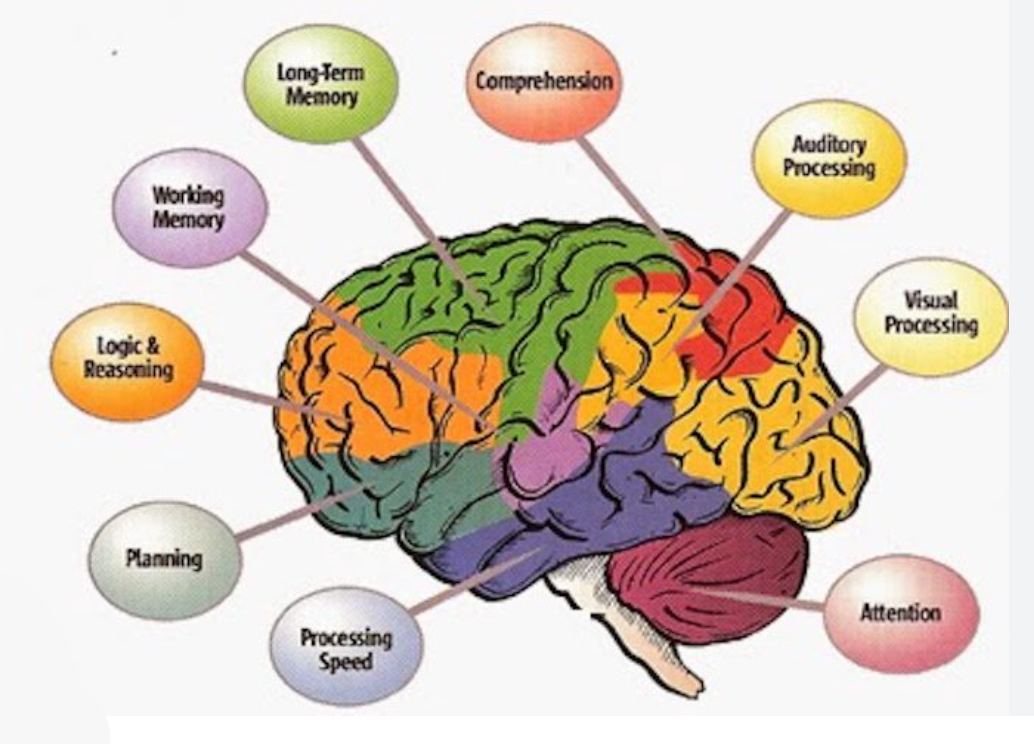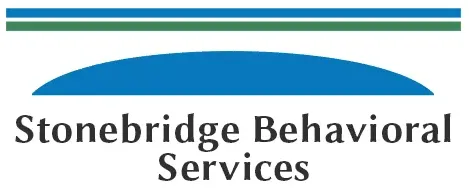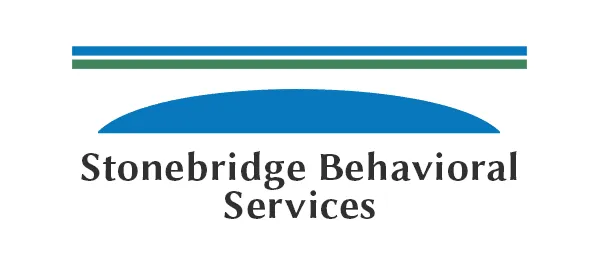OPEN ENROLLMENT FOR 2-5 YEAR OLD’s DAY PROGRAM! Call Today! 508.287.8692
Blog
Blog

By Gordon Defalco
•
October 16, 2024
Feeding Disorders can manifest in various ways, affecting children's ability to eat or their willingness to try new foods. Common types include: Picky Eating,Avoidant/Restrictive Food Intake Disorder (ARFID), Difficulty Swallowing (Dysphagia0, Food Texture Aversion, Anxiety Around Eating--to name a few. Kathleen Fitzgerald MS/CCC/SLP is our SLP Feeding Disorder Specialist and has been a speech/language pathologist for over 25 years.

By Gordon Defalco
•
October 15, 2024
A cognitive disorder or impairment (also known as an intellectual disability) is a term used when a person has certain limitations in mental functioning and in skills such as communication, self-help, and social skills. These limitations will cause a child to learn and develop more slowly than a typical child. It is diagnosed through the use of standardized tests of intelligence and adaptive behavior. It can be caused by injury, disease, genetic condition, or a brain abnormality. This can happen before a child is born or during childhood. For many children, the cause of their intellectual disability is not known. How will this affect my child? Children with intellectual disabilities may take longer to learn to speak, walk, and take care of their personal needs such as dressing or eating. They are likely to have trouble learning in school. They will learn, but it will take them longer. Signs of cognitive impairment in children include: Delayed motor skills, like walking later than other children Delayed speech or difficulty speaking Difficulty learning at grade level Poor memory Difficulty understanding consequences Poor problem-solving skills Difficulty with social rules Lack of age-appropriate self-help skills Cognitive impairment can be caused by a number of factors, including injury, disease, genetic conditions, or brain abnormalities. For many children, the cause is unknown. Cognitive impairment is diagnosed through standardized tests of intelligence and adaptive behavior. Treatments At Stonebridge Behavior Services, early intervention and consistent support can help your child thrive. While there is no cure for intellectual disability, our programs and services and at your child’s school can help your child learn at his or her own speed and gain the skills he or she needs to lead a satisfying life. Yet, your child may require services such as speech or occupational therapy, special education and transition care as he or she gets older. Key Points to Remember Children with intellectual disabilities have limits on how much they can learn and function. They may be slower to learn, speak, walk and adapt to social situations than other children. With an accurate and early diagnosis, your child can make better strides to a satisfying life. There is no cure for intellectual disability, but your child can benefit from many resources available in your community as well as from strong support from all caregivers.

By Gordon Defalco
•
October 9, 2024
Autism spectrum disorders (ASD) can vary in severity of symptoms, age of onset, and the presence of various features such as language and intellectual ability. The manifestations of ASD can differ considerably across individuals. Even though there are strong and consistent commonalities, especially in social interaction, there is no single behavior that is always present in every individual with ASD, and no behavior that would automatically exclude an individual from diagnosis of ASD. How can I tell if someone I know has autism? Individuals with ASD interact with others differently. They often appear to have difficulty understanding and expressing emotion and may express attachment in a different manner. Many individuals with ASD do not develop effective spoken language and rely upon other methods of communicating, such as pointing to pictures or using a tablet computer with special language applications. Others have echolalia, the repeating of words or phrases over and over. Individuals with ASD often have difficulty understanding the nonverbal aspect of language such as social cues, body language, and vocal qualities (pitch, tone and volume). Individuals with ASD often have a great need for routine and order, which can make them upset if objects in their environment or time schedules change. Children with ASD may not play with toys in the same manner as their peers and may become fixated on specific objects. Persons with ASD have a different reaction to sensory stimuli by seeing, hearing, feeling, or tasting things with more or less intensity than others. Children with ASD often have a different rate of development, especially in the areas of communication, social, and cognitive skills. In contrast, motor development may occur at a typical rate. Sometimes skills will appear in children with ASD at the expected rate or time and then disappear. Autism Spectrum Disorder is a lifelong disability that is generally diagnosed before the age of three years old. However, children are often misdiagnosed or not diagnosed until later in life. The American Academy of Pediatrics suggests parents consider the following questions: Does your child… -Not speak as well as their peers? -Have poor eye contact? -Not respond selectively to their name? -Act as if they are in their own world? -Seem to “tune others out?” -Seem unable to tell you what they want, preferring to lead you by the hand or get desired objects on their own, even at risk of danger? -Have difficulty following simple commands? -Not bring things to you simply to “show” you? -Not point to interesting objects to direct your attention to objects or events of interest? -Have unusually long and severe temper tantrums? -Have repetitive, unusual, or stereotypic behaviors? -Show an unusual attachment to inanimate objects, especially hard ones (e.g., flashlight or a chain vs. teddy bear or blanket)? -Prefer to play alone? -Demonstrate an inability to play with toys in the typical way? -Not engage in pretend play (if older than 2 years)? What to do if you think your child has autism? Autism Spectrum Disorder affects each individual differently and at varying degrees, which is why early diagnosis is so crucial. ASD is a lifelong disability, but early intervention often contributes to lifelong positive outcomes. Get a diagnosis. If you're concerned, see a doctor who's familiar with ASD. Don't assume the child will catch up. Get help. Education, intervention, and speech therapy are often critical. Contact Stonebridge for supportive services, 508.287.8692 Know your rights. Children with autism can be eligible for early intervention and special education services that are free starting at age 3. Your health insurance may include coverage for the medical services your child needs.

By Gordon Defalco
•
September 17, 2024
•1 in 36 children in the U.S. have autism, up from the previous rate of 1 in 44. •1 in 45 adults in the U.S. have autism •In the U.S., about 4 in 100 boys and 1 in 100 girls have autism. •Boys are nearly 4 times more likely to be diagnosed with autism than girls. •Autism prevalence is lower among white children than other racial and ethnic groups: ◦White – 2.4% ◦Black – 2.9% ◦Hispanic – 3.2% ◦Asian or Pacific Islander – 3.3% These changes reflect an improvement in outreach, screening and de-stigmatization of autism diagnosis among minority communities. *The CDC autism prevalence estimates are for 8-year-old children across 11 monitoring sites in the Autism and Developmental Disabilities Monitoring (ADDM) Network in 2020. Diagnosis and early intervention Source: National Survey of Children’s Health (NSCH) (2016-2019) •Autism can be reliably diagnosed by a specialist by age 2, but the average age of autism diagnosis in the U.S. is 5 years. •The average age of first intervention in the U.S. is 4.7 years. •The average age of diagnosis for children in lower income households is 4.7 years compared to 5.2 years in higher income households. The average ages of diagnosis and first intervention vary widely between states. See how your state compares. Special Education Source: U.S. Department of Education (2018-2019) •74% of autistic students in the U.S. graduate with a diploma, versus 86% of all students. •19% of autistic students in the U.S. graduate with a certificate. •8% of autistic students in the U.S. don't finish high school, versus 5% of all students. View graduation rates in your state. Employment Sources: U.S. Department of Education (2014-2016), Bureau of Labor Statistics (2022) •Only 21% of people with disabilities, including autism, are employed. •Nearly 60% of people with autism in the U.S. are employed after receiving vocational rehabilitation (VR) services. These are state-provided services that help autistic individuals explore possible careers, find a job and secure needed accommodations in the workplace. •70% of eligible autistic individuals in the U.S. receive VR. •50% of autistic youth in the U.S. who receive VR begin those services in high school. Dig deeper into VR outcomes across the U.S. Healthcare Costs Source: FAIR Health Inc. (2021) The average costs of common autism services in the U.S. are: •Adaptive behavior – $82.25 •Developmental screening – $165.95 •Emergency department – $1,397.22 •Physical therapy – $74.99 •Psychiatry – $253.40 Speech/Language – $174.80 •Therapeutic behavioral – $175.44 Source: Autism Speaks https://www.autismspeaks.org/autism-statistics-asd

By Gordon Defalco
•
September 6, 2024
The American Academy of Pediatrics recommends that all children be screened for autism at their 18 and 24-month well-child checkup. If you're not sure if your child has been screened, you can ask for a screening. You can also complete the online autism screener print the results, and bring them to your healthcare provider to discuss your concerns.

By Gordon Defalco
•
August 29, 2024
Applied Behavior Analysis (ABA) therapy offers several benefits for individuals with Autism Spectrum Disorder (ASD), focusing on enhancing skills and managing behaviors. Here are some key benefits: 1. Skill Development • Communication : ABA helps improve verbal and non-verbal communication skills. This can include developing basic language skills, enhancing conversational abilities, and using alternative communication methods if necessary. • Social Skills : Therapy can enhance social interactions by teaching appropriate social behaviors, understanding social cues, and developing friendships. • Daily Living Skills : ABA can assist with learning daily routines and self-care tasks, such as dressing, eating, and personal hygiene. 2. Behavior Management • Reducing Challenging Behaviors : ABA is effective in identifying the causes of challenging behaviors (e.g., aggression, self-injury) and implementing strategies to reduce them. • Increasing Positive Behaviors : The therapy encourages the development of desirable behaviors through reinforcement, helping individuals learn new and appropriate ways to interact with their environment. 3. Individualized Approach • Customized Plans : ABA therapy is tailored to each individual’s unique needs, strengths, and goals, ensuring that interventions are relevant and effective. • Adaptive Strategies : Therapists adjust strategies based on ongoing assessment and data collection, making the therapy responsive to the individual's progress and changing needs. 4. Structured Learning • Clear Goals and Objectives : ABA therapy involves setting specific, measurable goals that provide a clear roadmap for progress. • Systematic Instruction : Techniques such as discrete trial training (DTT) break skills into smaller, manageable parts, making learning more structured and accessible. 5. Data-Driven • Ongoing Monitoring : Continuous data collection allows therapists to track progress, evaluate the effectiveness of interventions, and make data-informed decisions to optimize outcomes. • Evidence-Based : The therapy is grounded in scientific principles and research, providing a structured approach that has been shown to be effective for many individuals. 6. Family Involvement • Parent Training : ABA often includes training for parents and caregivers, equipping them with strategies to support their child's development and reinforce skills at home. • Family Support : The therapy emphasizes collaboration with families to create a supportive environment that extends beyond therapy sessions. 7. Functional Independence • Enhanced Independence : ABA can help individuals gain the skills necessary for greater independence, including vocational skills, problem-solving, and self-management. • Community Integration : By improving functional skills, ABA supports better integration into community and educational settings. 8. Generalization of Skills • Application in Various Settings : ABA aims to ensure that skills learned in therapy are generalized to different environments and situations, such as home, in our Stonebridge Center, school, and community settings. 9. Positive Reinforcement • Motivational Strategies : ABA uses positive reinforcement to encourage desired behaviors, which can enhance motivation and engagement in learning. ABA therapy has been shown to produce significant improvements for many individuals with ASD, though the effectiveness can vary depending on factors such as the intensity of therapy, the individual's specific needs, and the quality of implementation. It's important for therapy to be delivered in a respectful and supportive manner, considering the individual's preferences and promoting their overall well-being.

By websitebuilder
•
April 9, 2024
1. Autism spectrum disorder affects 1 in 36 children.2. Boys are nearly 5 times more likely than girls to be diagnosed with ASD. Girls are often underdiagnosed with autism and misdiagnosed with other conditions.3. Autism spectrum disorder is one of the fastest-growing developmental disorders in the United States. ASD is more common than childhood cancer, diabetes, and AIDS combined.
Get Started Today!
In-Home and Center-Based Evaluation and Treatment Available in Southeast Massachusetts
Phone:
(508) 287-8692
| Fax:
(508) 591-7886
Email:
gordon@stonebridgeaba.com
Stonebridge Center: 20 Winter St., Pembroke, MA 02359
Business Hours:
- Mon - Fri
- -
- Sat - Sun
- Closed
Content, including images, displayed on this website is protected by copyright laws. Downloading, republication, retransmission or reproduction of content on this website is strictly prohibited. Terms of Use
| Privacy Policy



